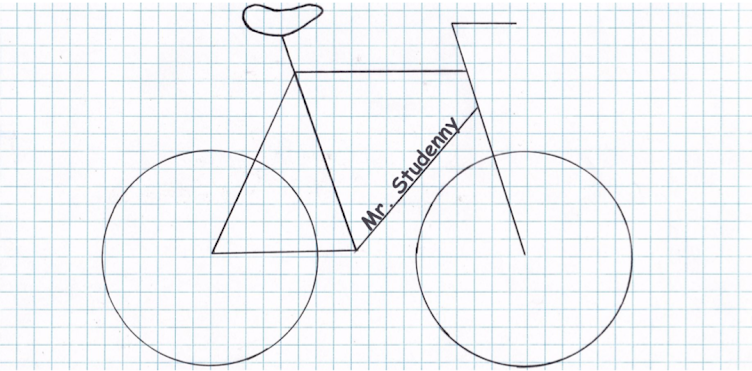Enter constructivism. I was first introduced to the ideas of constructivism during a first year university education course. I remember the explanation that resinated most with me was that constructivism is an ongoing partnership where the teacher helps the student build their own understanding. At that point constructivism-and later on the Socratic method (Scarince, 2015) as a teaching tool-made so much sense to me. As I have such a big interested in athletics I have a strong grasp on that doing something is a great way to learn it. Another great explanation of constructivism by Drake, S., Ried, J., & Kiloton, W. (2014) "if learners are active, self-motivated builders of their own understandings, all students can learn and succeed...".
With that quote in mind I'd like to re-evaluate those bell curves, their implied principles and their place in "traditional" teaching. Having a classroom that is based around the expectation that grades will be distributed across a normal curve means that the majority (68.2%)of your students will get grades that are considered average, standard or normal. Furthermore, this model predicts that 3.2% of students will excel and achieve high standards. So far this model seems to be looking pretty positive for the classroom. However with looking a little deeper you can see that although 3.2% are achieving a high standard an equal amount of students are at the lowest level as well. Personally I believe any teacher that has student's falling in this section should focus on their lessons and teaching to accommodate these students. But what about that 68.2%? Doesn't having the majority of the class achieving average grades classify as successful teaching? No. Every single teacher should have an approach that aims for each student to achieve the highest standards possible. A teacher should not be satisfied with mediocracy but instead strive for exceptionality.
I believe gravitating away from a principle that is based on bell curves and towards a more constructivist based learning classroom students will begin to transfer forwards on the curve and join the 3.2% who are achieving a high standard. It will be this idea of students learning by building their understandings and knowledge that pushes them forward and down the curve to this area.
References
Drake,
S. M., Reid, J. L., & Kolohon, W. (2014). Interweaving Curriculum and Classroom Assessment: Engaging the 21st Century Learner. Don Mills, ON: Oxford University Press.
Studenny, Mike. "Bell Curves in the Classroom." 2015. JPG.

